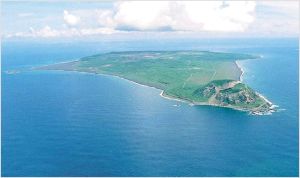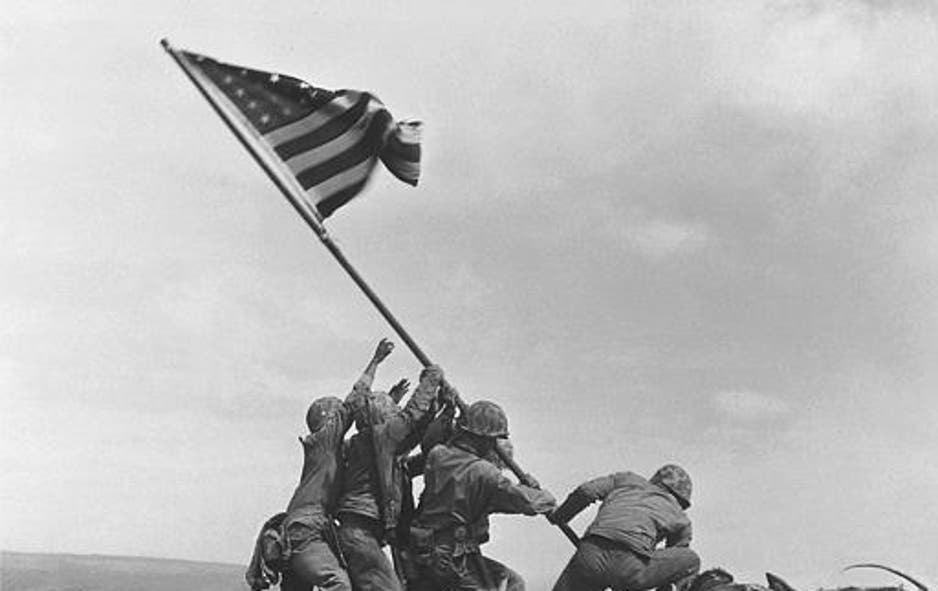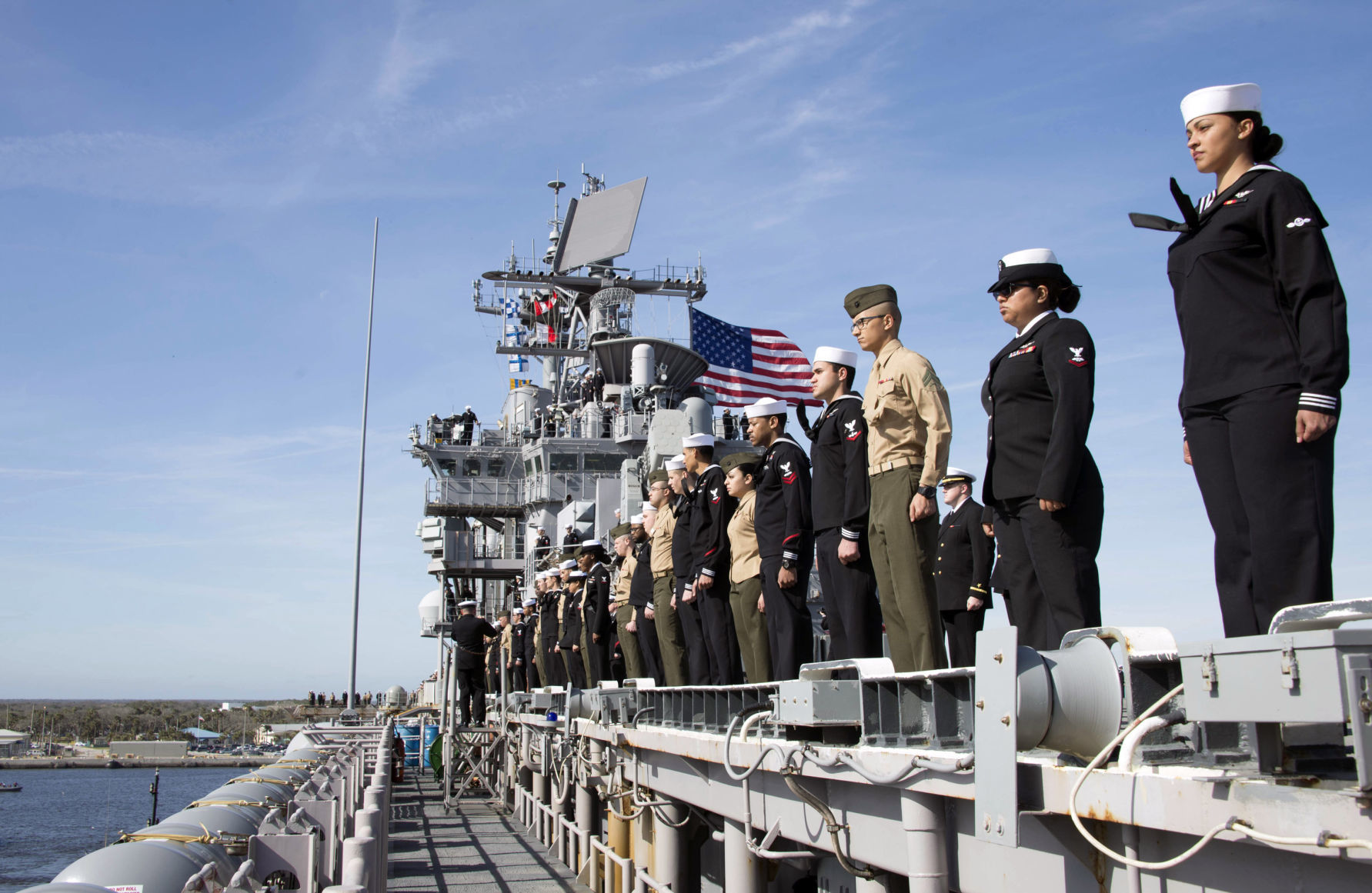

Iwo Jima’s difficult terrain was to aid the Japanese in this endeavor. By the time that Fifth Fleet began bombarding Iwo Jima, all Japanese civilians had been evacuated from the island and Kuribayashi had done everything within his limited means to make the U.S. Moreover, he discouraged his subordinates from viewing so-called banzai charges as viable tactics, impressing on them that effectively delaying and then killing the enemy were priorities. Unlike the Americans, many of whom had viewed the difficult fighting on Peleliu as an isolated aberration rather than as doctrinal evolution, Kuribayashi drew on lessons learned from that battle. General Tadamichi Kuribayashi, commander of the Japanese forces on Iwo Jima, had been assigned to the island in June 1944 and had immediately begun extensive defensive preparations, with much construction accomplished at night to escape aerial surveillance and attacks.

The Japanese response to overwhelming American firepower was simple-to dig in and dig deep! This led to the construction of mutually supporting, deeply sited, and heavily fortified strongpoints, bunkers and artillery positions, often connected by extensive tunnel systems with stockpiles of ammunition and food. air superiority-particularly after operations in the Philippines were underway-left Japanese ground forces with negligible or nonexistent air cover against Allied bombing raids. Instead, the assault troops were to be subjected to a step-by-step battle of attrition, slowly progressing from one well-defended killing zone to the next. As Japanese commanders had demonstrated on Peleliu in September 1944, all-out attempts to repulse Allied forces on the landing beaches were no longer undertaken. By the Marianas campaign in June 1944, many senior Japanese officers had accepted the impossibility of achieving victory against the Allies and had determined to do their utmost to delay the inevitable at the highest cost they could inflict on their enemy. Japanese defensive doctrine had evolved considerably since the Central Pacific battles of 1943 and early 1944. service members taking part in the assault on Iwo Jima were faced by approximately 21,000 Japanese troops. This was primarily made up of V Amphibious Corps (Major General Harry Schmidt, USMC), which comprised the 3rd (reserve afloat), 4th, and 5th Marine Divisions, the Army’s 147th Infantry Regiment, and various support units. Spruance) was slated to provide amphibious lift, gunfire support, air cover, and logistical support to the expeditionary task force (TF-56-General Holland M.

Preludeįor Operation Detachment, the U.S. Whether these planning factors justified the operation’s exceedingly high human cost continues to be debated to this day. However, in the aftermath of Detachment, it was soon realized that the assumption about Japanese early warning capabilities was not correct and that the airfields’ strategic utility had already been overcome by events elsewhere in the theater. Moreover, once Iwo Jima was secured, its airfields would be available to fighter aircraft escorting the bombing missions and to battle-damaged or otherwise stricken B-29s for emergency landings. B-29 bombing missions consequently had to fly a longer, circuitous route around the island. air raids as well as a base for intercepting Japanese fighters. A Japanese radar site on Iwo Jima was assessed as providing early warning to the Home Island air defenses of U.S. Army Air Forces, a service branch that had lately come to the fore in the Pacific due to the strategic bombing campaign against Japan. The Bonins operation was to be carried out first, in part due to considerations put forward by the U.S. They were also integral parts of Japan’s vital inner defense zone. Thus, the more easterly Bonins (the Nanpo Shoto) and the more westerly Ryukus (the Nansei Shoto) are figurative stepping stones to the heart of Japan. Both island chains range roughly north to south in the Pacific south of the central Japanese Home Island of Honchu. Luzon was to be followed by the occupation of the Bonins-Volcano group (including Iwo Jima) and of the Ryukus (including Okinawa). The target date for the Luzon operation was 20 December (although it was actually carried out 9 January 1945, with all strategic locations not secured until March). Securing Luzon, the largest of the Philippine Islands, received priority following a forceful submission by General Douglas MacArthur, Southwest Pacific Area commander, and his staff. Operation Detachment, the amphibious assault on Iwo Jima, had its genesis in the 29 September–1 October 1944 strategic planning conference of senior Pacific theater commanders and Joint Chiefs of Staff representatives in San Francisco.


 0 kommentar(er)
0 kommentar(er)
